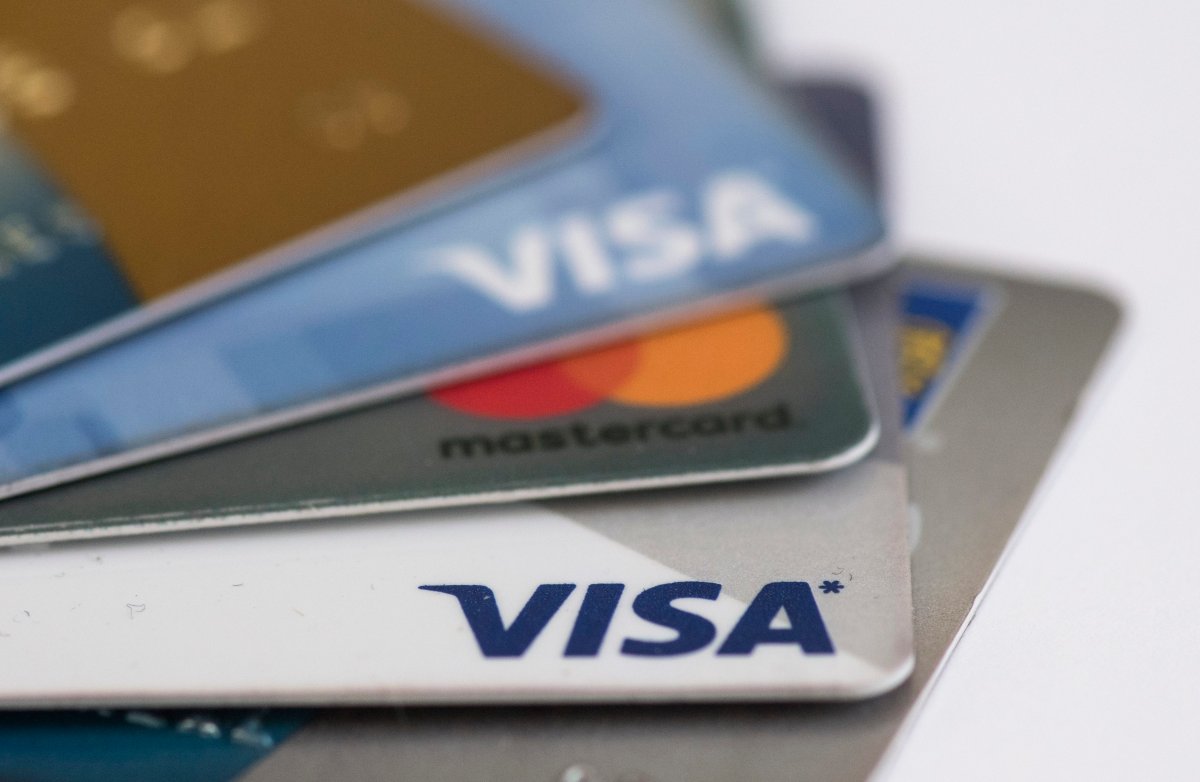Albertans are having to continue to look to last-ditch efforts in dealing with debts they are unable to pay off.

According to the latest numbers from credit monitoring company Equifax, 4.3 per cent more Albertans are delinquent on non-mortgage debt in the first quarter of 2019 over the same period last year — Calgary is leading the way with an eight per cent increase.
In late May, Statistics Canada said Alberta saw an 18.7 per cent increase in consumer insolvencies in April compared to the same month a year ago. And insolvencies in Calgary have reached their highest point since 1998 with 4.3 per thousand adult Calgarians filing for insolvency, according to the Office of the Superintendent of Bankruptcy.
Insolvencies involve declaring bankruptcy or entering into a debt proposal — a method to renegotiate the payment of the outstanding debt — using the services of a licensed insolvency trustee.
Donna Carson, a licensed insolvency trustee with MNP Ltd., said she saw insolvencies spike just after oil prices crashed in 2015 and residents had to start adjusting for a sudden loss of income.
“When the economy first turned three years ago in Alberta, you would see more people who said, ‘I was overspending but I was able to make my payments.’ Things like that.”
A deep and wide downturn in Alberta
The downturn in the province’s economy seems to have outlasted even the most robust emergency fund.
“None of us expected that the downturn was going to last as long as it did,” Carson told Global News. “Even when we sat down with somebody and talked about budgeting, typically you talk about have three to six months of your emergency money set aside in case something happens.
“We generally don’t talk about having three years of emergency money set aside.”
“So, from 2015 to 2016, insolvencies in Alberta increased 34 per cent. And then they go up to about 10-11 per cent per year after that.”
LISTEN BELOW: Albertans suffering in insolvency silence
Carson said this downturn is different than others she’s seen in her 28-year career in its widespread effects.
“What I’m seeing now with this particular downturn is it’s hitting almost every walk of life,” she said.
“So it’s not just in oil and gas and the worker in the oilfield whose job he was laid off or hours are cut back,” Carson said. “It’s not just that. It’s having a spinoff into a lot of other industries.”
Carson also noted this is affecting all age ranges — recent graduates to retirees. And three years into the recession, reasons to file for insolvency have changed.
“The last year or so, I would say people are not saying it’s because: ‘I’ve got extras.’ People are saying it’s because: ‘I don’t have enough to go around to buy groceries and put gas in the car versus making the payments on a quad that I was three years ago.’”
Awkward silence around money
Despite the near-universal effects of the last three years in the province, one third of Albertans surveyed by Angus Reid for Credit Canada said personal debt or bankruptcy were topics too taboo to discuss — more taboo than religion, politics, family or relationship issues.
“It’s a huge elephant in the room,” Lauren Campbell, Credit Canada CEO, told Global News.
“(Consumer debt) is at its highest level ever, yet everyone’s afraid to talk about it.”
“Because of that, people suffer in silence, just like with mental-health issues and those other types of problems that people may have not wanted to talk about in the past. If you’re suffering in silence, you often feel you have nowhere to turn and you feel like you’re living in isolation.”
Campbell said that people who come to Credit Canada or a similar not-for-profit credit counselling service often come in with the same question, regardless of their individual situation.
“‘Am I the worst client you’ve ever seen?’
“They could owe $2,000 or $200,000 and they ask the same question, because they don’t talk to anybody else about financial problems,” Campbell said.
“They don’t know anybody else’s financial situation. They just automatically assume they’re the worst.”
Signs of improvement
Carson said there is a sign in the insolvency stats that things are improving in the province.
“In Alberta, including in Calgary, we are doing more proposals again.”
Bankruptcies were the majority of insolvencies immediately following the economic downturn in the province. But proposals are making a comeback — a sign that people are becoming more able to pay off their debts.
“We’re now back to seeing more proposals like we usually would,” Carson said.
“What that says to me is people are working somewhat. Not the same pay, not the same job maybe, but we are working, we can do something.”








Comments